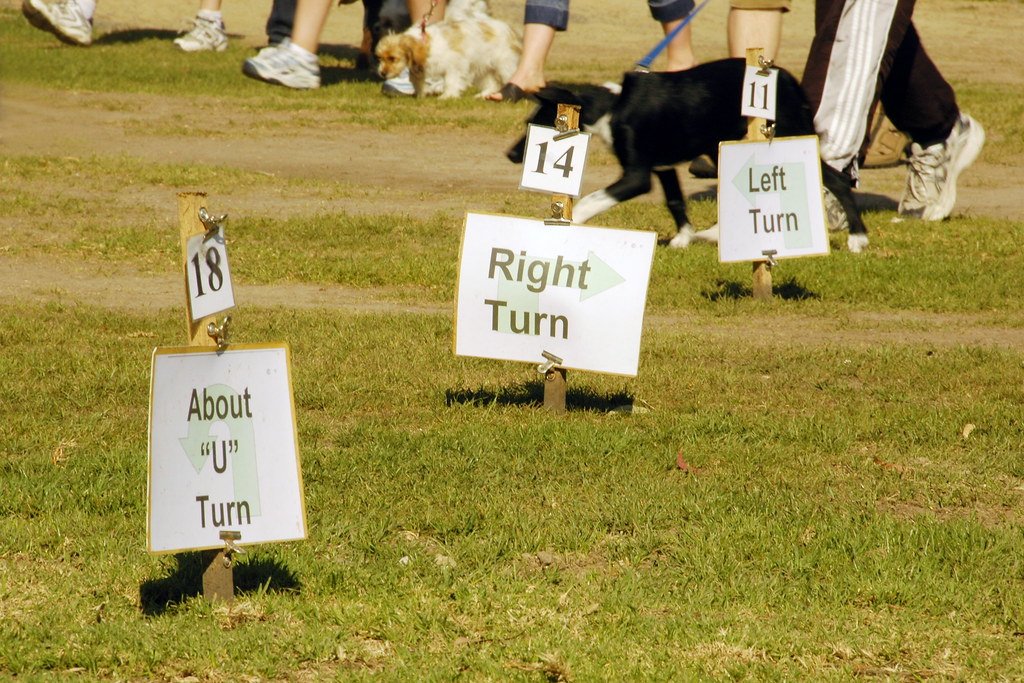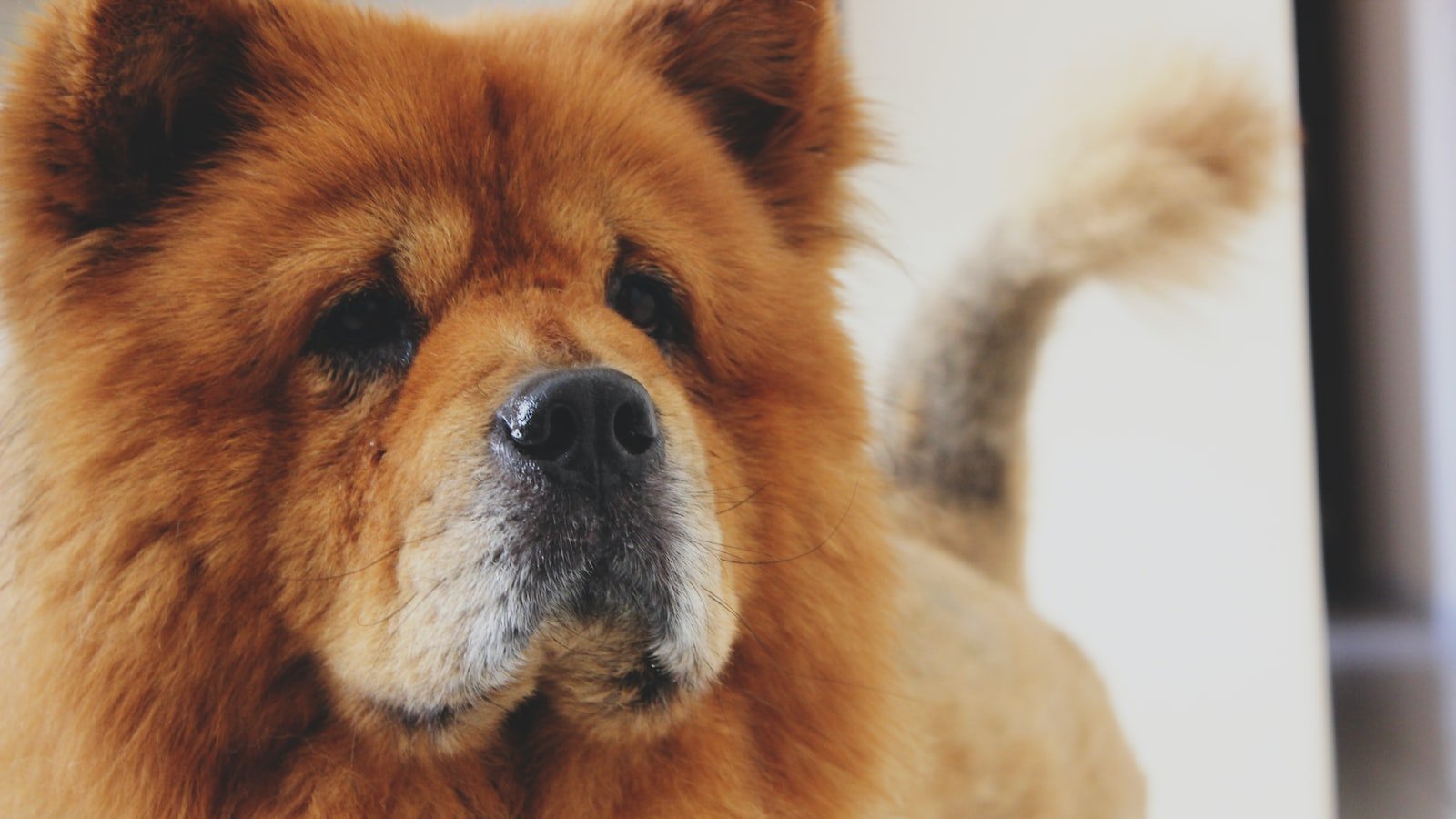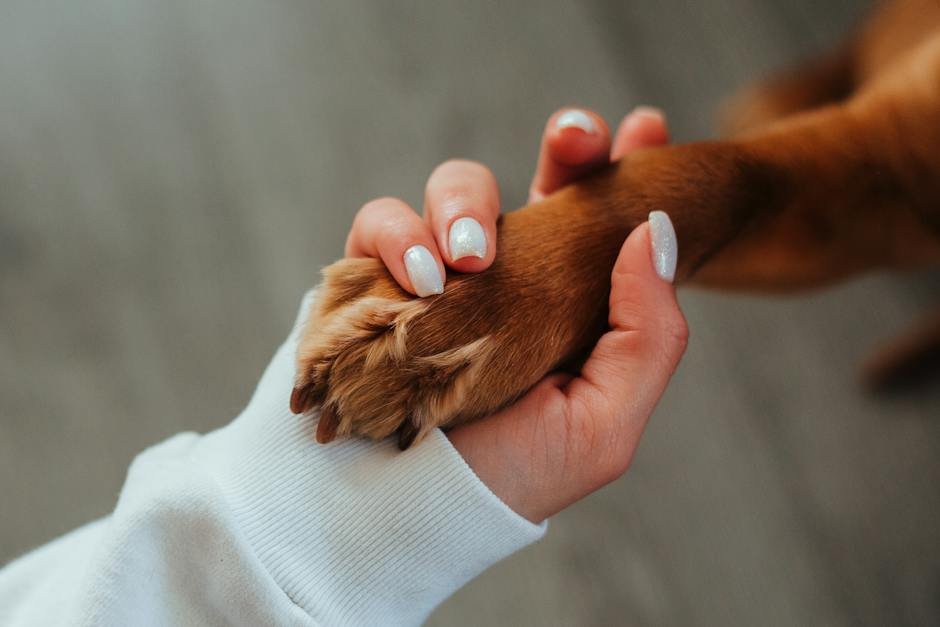Imagine a world where training your furry companion is as effortless as a whisper in the wind. A world where communication with your pup transcends verbal language and taps into a symphony of sounds they instinctively understand. Welcome to the enchanting realm of dog whistles. These unassuming little tools hold the power to unlock a deeper level of connection between you and your four-legged friend, facilitating effective training while sparking curiosity in the canine mind. So, if you’re ready to embark on a journey of harmonious training, join us as we delve into the secrets of utilizing a dog whistle to bring out the best behavior in your beloved pup. Get ready to embrace the melodious magic, where every toot holds the promise of a wagging tail and a partnership built on trust.
Table of Contents
- Choosing the Right Dog Whistle for Effective Training
- Understanding the Science Behind Dog Whistles and Their Impact on Puppies
- Step-by-Step Guide: Introducing the Dog Whistle to Your Pup
- Mastering Dog Whistle Training Techniques: Commands and Rewards
- Taking Dog Whistle Training to the Next Level: Advanced Tips and Troubleshooting
- Q&A
- Wrapping Up

Choosing the Right Dog Whistle for Effective Training
When it comes to dog training, a whistle can be a powerful tool. Not only does it provide a clear and consistent sound that dogs can easily hear, but it also allows you to communicate commands from a distance. However, with so many options available, it can be overwhelming to choose the right dog whistle for your training needs. Here are some factors to consider:
1. Frequency: The frequency of the whistle is vital as dogs can only hear certain ranges of sound. Commonly, dog whistles fall between the 16,000Hz to 22,000Hz range, which is within the hearing capabilities of most dogs. It’s important to select a frequency that your dog can comfortably hear without causing discomfort.
2. Material: The material of the dog whistle can impact its durability and longevity. Whistles made of stainless steel or metal alloy tend to be more robust and resistant to wear and tear, making them suitable for outdoor training sessions. However, plastic whistles are lightweight and often more affordable, making them a popular choice for beginners.
3. Design: The design of the whistle can also affect its ease of use and comfort. Many whistles come with adjustable pitch controls, allowing you to customize the sound to your dog’s preference. Some whistles even have finger grips or lanyards, making them easier to handle during training sessions.
Remember, every dog is unique, so it may take some trial and error to find the perfect whistle for your furry friend. Take into consideration your dog’s size, breed, and training goals when making your selection. With the right dog whistle in hand, you’ll be well on your way to effective and enjoyable training sessions with your loyal companion.
Understanding the Science Behind Dog Whistles and Their Impact on Puppies
What are Dog Whistles?
Imperceptible to human ears, dog whistles are specialized tools used in dog training. They emit high-frequency sounds that dogs can hear, but humans cannot. These whistles are typically made of metal or plastic and come in various shapes and sizes. Dog trainers or owners blow into the whistle, producing a sound that catches the dog’s attention and helps guide their behavior. While the science behind dog whistles may seem mysterious, understanding their impact on puppies is essential for effective training.
The Science Behind Dog Whistles:
The key to the efficacy of dog whistles lies in the frequency of the sound they produce. Dogs have a broader hearing range than humans, allowing them to hear sounds in the ultrasonic range. Dog whistles usually emit frequencies between 23kHz and 46kHz, which fall within this range. Since dogs’ ears are finely tuned to pick up such frequencies, the sound of a dog whistle grabs their attention, even when surrounded by other noises.
Impact on Puppies:
Using dog whistles in puppy training can have several positive effects. Firstly, it helps establish clear communication between the owner and the puppy. By associating the sound of the whistle with specific commands or behaviors, puppies learn to recognize and respond appropriately. Additionally, dog whistles can aid in improving a puppy’s focus and concentration skills. The high-pitched sound captures their attention, directing their focus towards the training task at hand. Lastly, dog whistles can be particularly helpful in training large groups of puppies simultaneously, as the sound travels far, minimizing the need for physical proximity.

Step-by-Step Guide: Introducing the Dog Whistle to Your Pup
So you’ve decided to incorporate a dog whistle into your training routine? Excellent choice! A dog whistle is a powerful tool that can help you communicate with your furry friend more effectively. Here’s a step-by-step guide to help you introduce the dog whistle to your pup.
Step 1: Familiarize with the whistle.
Show the dog whistle to your pup and let them sniff it. This will help them get accustomed to the new object and associate it with positive experiences. Ensure that the whistle is clean and in good working condition before proceeding.
Step 2: Associate the whistle with rewards.
Begin by blowing the whistle softly and immediately following it with a treat or a reward that your pup loves. Repeat this process several times, gradually increasing the volume of the whistle over time. This will help your dog create a positive association between the sound of the whistle and something they enjoy.
Step 3: Introduce commands.
Now that your pup has associated the whistle with rewards, it’s time to introduce specific commands. For example, you can blow a short, sharp blast on the whistle followed by a verbal command, such as “sit” or “come.” Eventually, your pup will learn to associate the whistle with a specific action without the need for a verbal command.
Remember to be patient and consistent throughout the process. Each dog is unique, so the time it takes for them to fully understand and respond to the whistle will vary. With time and practice, your pup will become more attentive and responsive to the whistle, making training sessions much more efficient and enjoyable for both of you!


Mastering Dog Whistle Training Techniques: Commands and Rewards
When it comes to training your furry friend using a dog whistle, understanding the right commands and rewards is crucial for effective communication. By harnessing the power of this unique training tool, you can establish a language specifically designed to engage your dog’s auditory senses.
To start, it’s important to associate specific commands with distinct whistle sounds. This creates a clear connection between the desired behavior and the sound produced. For example, a short, sharp blast may indicate “sit,” while a longer, continuous blow signifies “come.” Consistency in your whistle commands is key to ensure your dog understands and responds appropriately.
In order to reinforce positive behaviors, rewards play a vital role in dog whistle training. Tailor your reward system to your dog’s preferences, whether it be treats, verbal praise, or playtime. Each time your fur companion obediently responds to a command, offer an immediate reward to reinforce their understanding that the whistle sound means a positive outcome.
- Never underestimate the power of repetition - consistent practice with your dog whistle commands will help solidify the association between whistles and actions.
- Be patient and remain calm throughout the training process. Dogs pick up on your emotions, and a relaxed atmosphere will yield better results.
- Always remember to vary the intensity and pitch of your whistle sounds to avoid monotony and keep your dog engaged.
By mastering proper commands and rewards in dog whistle training, you can establish a connection with your four-legged companion that transcends traditional verbal communication. With dedication and practice, this unique training technique can create a harmonious bond between you and your beloved canine.
Taking Dog Whistle Training to the Next Level: Advanced Tips and Troubleshooting
Dog whistle training is a remarkable method that enables dog owners to communicate effectively with their pets using ultrasonic frequencies. Now that you’ve mastered the basics of dog whistle training, it’s time to take it up a notch and explore advanced tips and troubleshooting techniques.
1. Experiment with different frequencies: Just like humans, dogs have varying hearing abilities. Some dogs may respond better to higher frequencies, while others prefer lower ones. By experimenting with different frequency levels, you can determine the most effective one for your dog’s training sessions. Remember to start with a lower frequency and gradually increase it until you find the sweet spot.
2. Incorporate distractions: Once your dog has become familiar with responding to whistle commands in a controlled environment, it’s important to introduce distractions. This could include other animals, toys, or even food. By gradually increasing the level of distractions during training, your dog will become more reliable and able to follow commands even in distracting situations.
3. Troubleshooting common challenges: At times, dog whistle training may hit some roadblocks. Here are a few troubleshooting tips for common challenges:
- Unresponsiveness: If your dog seems unresponsive to the whistle, double-check that you are using an appropriate frequency and adjust accordingly. It’s possible that your dog might associate the whistle with a negative experience, so consider reintroducing positive reinforcements during training sessions.
- Overexcitement: Some dogs may become overly excited when they hear the whistle sound. To address this, gradually desensitize your dog to the sound by incorporating short bursts of whistle commands during playtime. With consistent practice, your dog will learn to remain calm and respond appropriately.
- Limited distance: If your dog only responds to whistle commands within close proximity, gradually increase the distance during training sessions while providing ample positive reinforcement. This will help your dog associate whistle commands with responding regardless of the distance between you.
By implementing these advanced tips and troubleshooting techniques, you can elevate your dog’s whistle training to a whole new level. Remember, patience and consistency are key to achieving success in any form of dog training. Happy training!
Q&A
What is a dog whistle and how does it work?
A dog whistle is a small device that emits a high-frequency sound that is not audible to humans but can be heard by dogs. The sound is used as a training tool to grab a dog’s attention and communicate commands effectively.
Is it safe to use a dog whistle on my pup?
Yes, dog whistles are safe to use on your pup. The sound emitted by a dog whistle is not harmful to dogs’ ears, as it is at a frequency that doesn’t cause discomfort or damage. However, avoid using it excessively or at high volumes.
What can I train my pup to do with a dog whistle?
A dog whistle can be used to train your pup various commands, such as recall, sit, stay, or stop barking. The high-frequency sound quickly grabs their attention, allowing you to reinforce the desired behavior with positive rewards.
How do I introduce my pup to the dog whistle?
Start by associating the sound of the dog whistle with something positive, like treats or playtime. Blow the whistle softly while rewarding your pup, gradually increasing the volume over time. This helps them form a positive association with the whistle and its sound.
Are all dog whistles the same?
No, there are different types of dog whistles available. Some whistles have adjustable frequencies, allowing you to find the most effective one for your pup. Additionally, there are silent or ultrasonic whistles that emit sounds at frequencies even higher than what humans and some dogs can hear.
How far can a dog whistle be heard?
The audible range of a dog whistle varies depending on the whistle’s quality and settings. However, most dog whistles can be heard by dogs within a range of 50 to 200 yards. Keep in mind that factors like wind direction and obstacles can affect the whistle’s effectiveness.
Can any dog be trained with a dog whistle?
Yes, almost any dog can be trained using a dog whistle. However, it is essential to consider your dog’s personality, breed, and sensitivity to sound. Some dogs may be more responsive to the whistle, while others may require additional training methods or positive reinforcement techniques.
Wrapping Up
As we come to the end of this whistle-filled journey, it’s clear that the potential of a dog whistle goes far beyond its humble appearance. These small but mighty training tools have the power to forge an unbreakable bond between you and your furry companion. By understanding the principles behind their usage and incorporating them into your training routine, you can unlock a world of communication that transcends words.
Remember, though, as you embark on this whistle-infused adventure, patience and consistency are key. Rome wasn’t built in a day, and neither is a well-trained pup. So, take the time to master the techniques, listen to your dog’s needs, and adapt your training methods accordingly.
Furthermore, always keep in mind the well-being and happiness of your four-legged friend. As we navigate the realms of training, it is important to ensure that our beloved canines enjoy their learning experience and never feel overwhelmed or frightened. With a harmonious blend of kindness, praise, and the power of the whistle, you will see your pup flourish in ways you could have never imagined.
So, dear reader, as you embark on this new chapter of your training journey, with your whistle poised and pup eager, embrace the possibilities that lie before you. Embrace the symphony of understanding and connection that the dog whistle can create. And, most importantly, embrace the unwavering loyalty and love that your furry friend offers unconditionally.
May your training ventures be fruitful, and may the melody of your whistle carry you and your pup to new heights of communication, trust, and friendship. Happy training!
As an affiliate, my content may feature links to products I personally use and recommend. By taking action, like subscribing or making a purchase, you’ll be supporting my work and fueling my taco cravings at the same time. Win-win, right?
Want to read more? Check out our Affiliate Disclosure page.